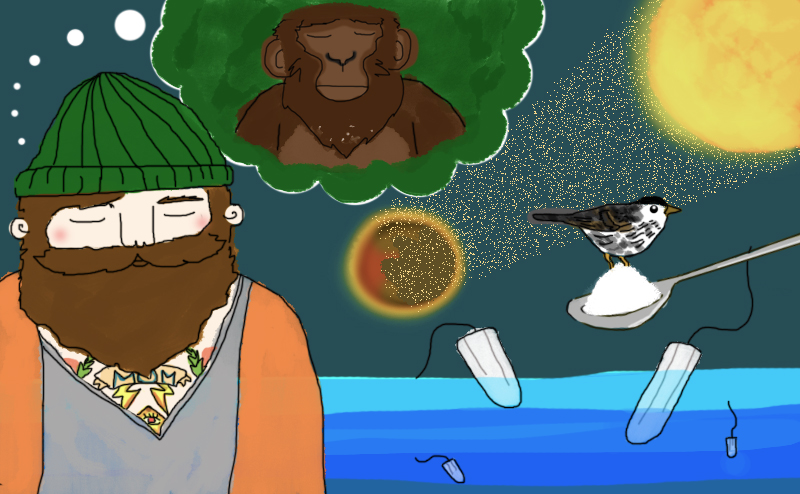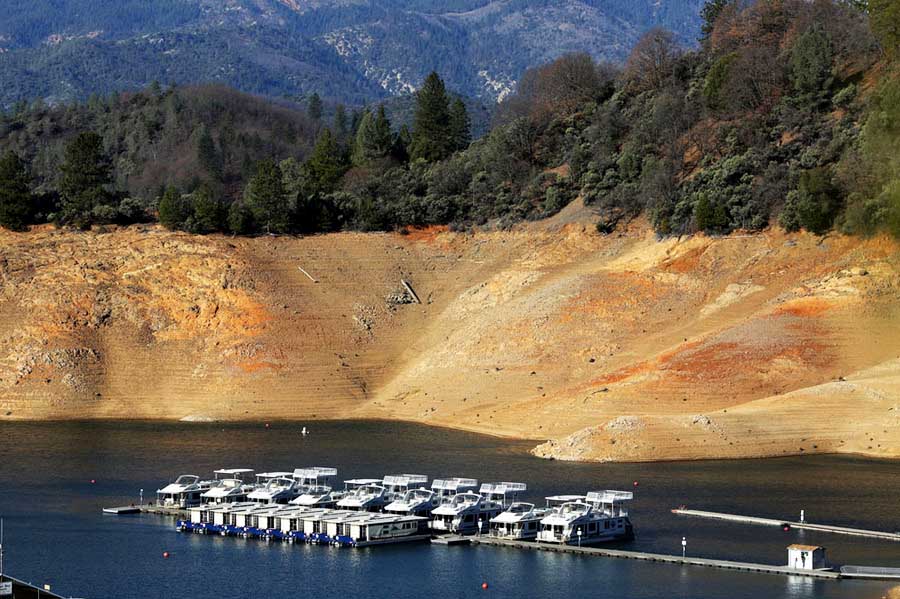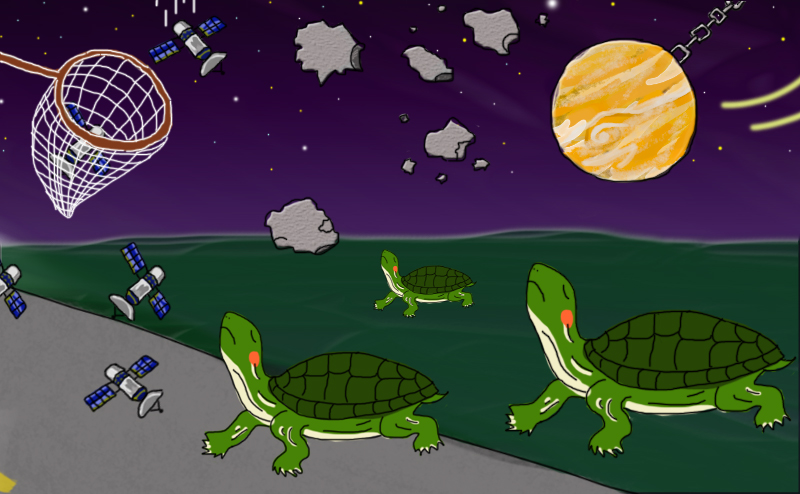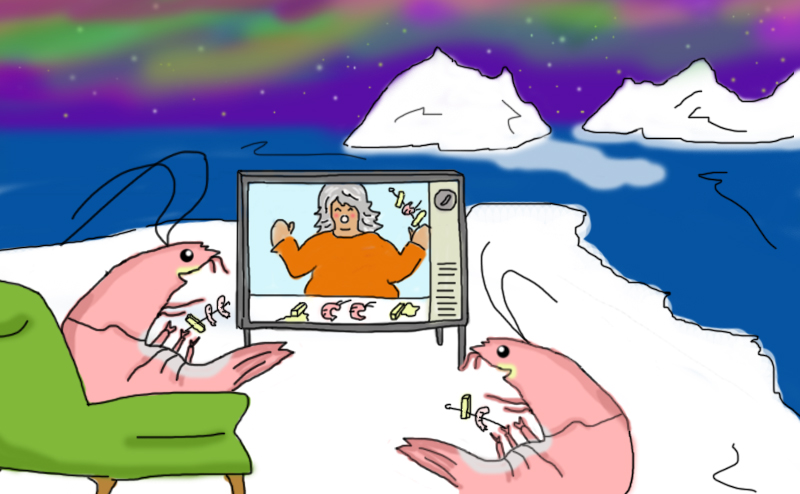Articles
If Easter was celebrated 3 million years ago, the chocolate bunny in your basket would likely be six times larger, with stubby rat-like ears. Such was the body plan of Nuralagus rex, an ancient rabbit that roamed what is now the Spanish island of Minorca. N. rex wouldn’t seem very rabbit-like at first blush—for one thing, it had a short, stiff vertebral column that means it wouldn’t have hopped along like its modern relatives. In fact, “N. rex would be a rather clumsy rabbit walking,” Josep Quintana, the paleontologist who discovered the giant extinct bunny, told National Geographic. “Imagine a beaver out of water.”
Read MoreSeven days, lots of science in the news. Here’s our roundup of some of the week’s most notable and quotable items: Scientists in the U.K. are using tampons to measure local water quality. While the West is still working out some issues with medical consent, historians in Turkey have found a medical consent form dating back to the 16th century. There’s a prenatal test more accurate than standard methods at detecting Down syndrome. Primate social research has led scientists to think that elaborate beards and mustaches may be a way for human men to compete with each other. The blackpoll warbler, a tiny bird that weighs just as much as three teaspoons of sugar, is able to fly 2,700 miles across the Atlantic Ocean over three days without food or rest. Mercury’s dark surface may have been painted with black dust from comets. Poverty harms a child’s brain development. Polar bears are starting to hunt on land more often as sea ice shrinks, but it is doubtful that the new diet has enough fat to allow them to thrive. The factory workers of the future may be 3D-printed robotic ants. It may have been spry enough to complete a Martian marathon, but the …
Read MoreCalifornia’s drought has entered its fourth year, and for the first time ever, the state’s governor has imposed mandatory water restrictions to cope. The effects of the drought are near legion: Sour water in the Bay Area; >moratoria on building new swimming pools; higher prices for fruit, vegetables, dairy and wine. So how did the Golden State get into this desiccated state? A drought doesn’t happen overnight; it usually follows an extended time of lower-than-average precipitation. California also has a big Achilles heel when it comes to water: the Sierra Nevada, the snow-collecting mountains that that supply much of the state’s water as it melts. But a lack of precipitation combined with an unusually warm 2013-2014 winter meant that the Sierra Nevada snowpack had very little in the way of liquid assets to draw on. So what caused the extended period of dryness? Satellite data from recent years shows that atmospheric water vapor that normally passed over California was instead shunted either far north or far south of the state—probably due to an area of high atmospheric pressure, called a “ridge,” that was parked off the U.S. West Coast for an extended period of time. Some scientists think that global warming may make these ridges more …
Read MoreSeven days, lots of science in the news. Here’s our roundup of some of the week’s most notable and quotable items: Jupiter may have destroyed the original planets in our solar system like a giant wrecking ball. A day on Saturn is six minutes longer than we previously thought. The moon is going to get its own moon. The European Space Agency is testing nets that could one day be used to reduce space junk in orbit by ensnaring dead satellites. Nitrogen, a requirement for life, is believed to be found on Mars. Scientists are investigating a possible connection between dark matter and Earth’s periodic mass extinctions. Inserting a fake nose into video game screens could alleviate the nausea and vertigo that people experience in virtual reality simulations. Under the right conditions, magnets may be able to control heat and and sound. Using graphene—a sheet-like form of carbon—researchers have been able to make square forms of ice. The tropics are experiencing more rain thanks to bigger thunderstorms. Ocean currents are slowing down due to the influx of meltwater from Greenland. Turtles don’t like using the safer road crossings built for them. Giant salamanders may have been one of Earth’s top predators 200 million years ago. A newly …
Read MoreSeven days, lots of science in the news. Here’s our roundup of some of the week’s most notable and quotable items: A huge geomagnetic storm struck the Earth, causing auroras to appear far further south than normal. A total solar eclipse happened—but unless you live in a tiny group of island between Scotland and Norway, you probably didn’t get a great view. (Still, The Guardian has a pretty good collection of readers’ photos showing the partial eclipse in Britain.) New pictures of the surface of Mercury from the Messenger spacecraft are the best images of the scorched planet yet, revealing ice lingering in permanently shadowed craters, staircase-like ridges, and recently created hollows. Fifty years ago this week Alexei Leonov became the first human to walk in space. In this interview the first spacewalker recalls that momentous achievement. Looks like we humans are not the only ones who cup our mouths with our hands to boost our sound: Orangutans appear to “use hands as megaphones” too. Shrimp infected with the parasite Pleistophora mulleri turn into ravenous cannibals. 480 million years ago Aegirocassis benmoulaea, a 7-foot-long creature resembling a shrimp-lobster hybrid, patrolled the seas. Scientists identified two new species of vampire crabs. Conservationists are trying to reintroduce the lynx back to the …
Read More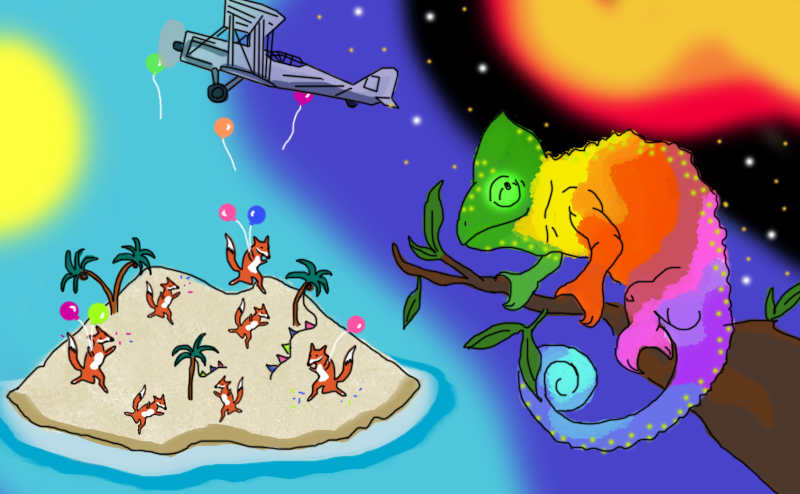
Seven days, lots of science in the news. Here’s our roundup of some of the week’s most notable and quotable items. Scientists discovered how chameleons change colors: by controlling the spacing of tiny crystals in their skins. The star US708 is zooming through space at 746 miles per second—the fastest star observed in our galaxy; at that pace, it will exit the Milky Way in a mere 25 million years. (If we could attain that speed, we could make it from the Earth to the moon in five minutes.) NASA confirmed there is a water ocean on Jupiter’s moon Ganymede. Saturn’s moon Enceladus seems to have hydrothermal activity going on in the southern reaches of its ocean. A newly discovered galaxy is spewing way more gamma rays than expected, raising the possibility that it could point the way towards confirming the existence of dark matter. People with gout are less likely to develop Alzheimer’s disease. Rare photos of a tiger family out in the wild captured something even rarer: a tiger dad who helps out with raising the cubs. Channel Islands foxes in California may have recovered enough to be removed from the endangered species list. A solar-powered plane took off …
Read More







